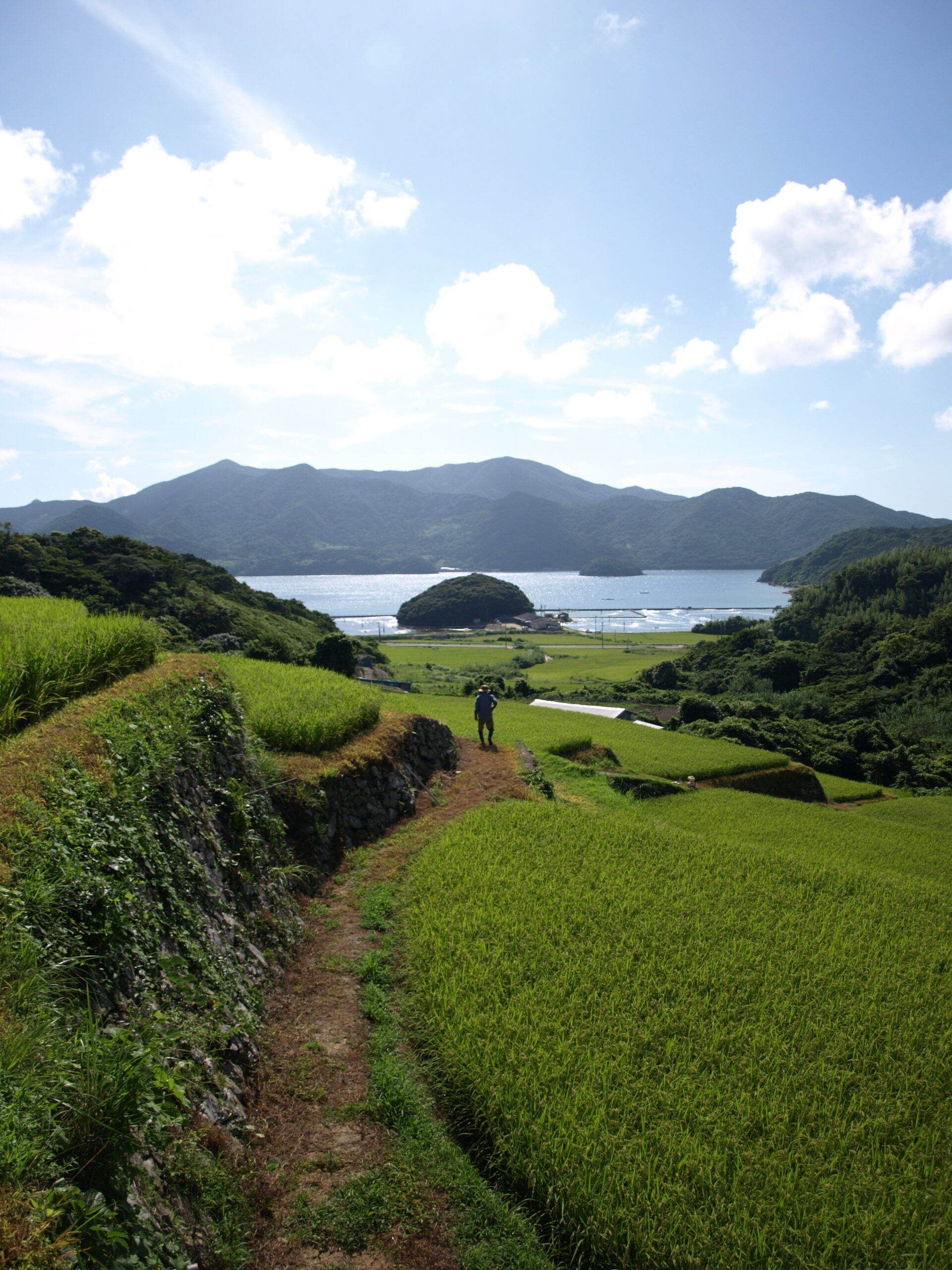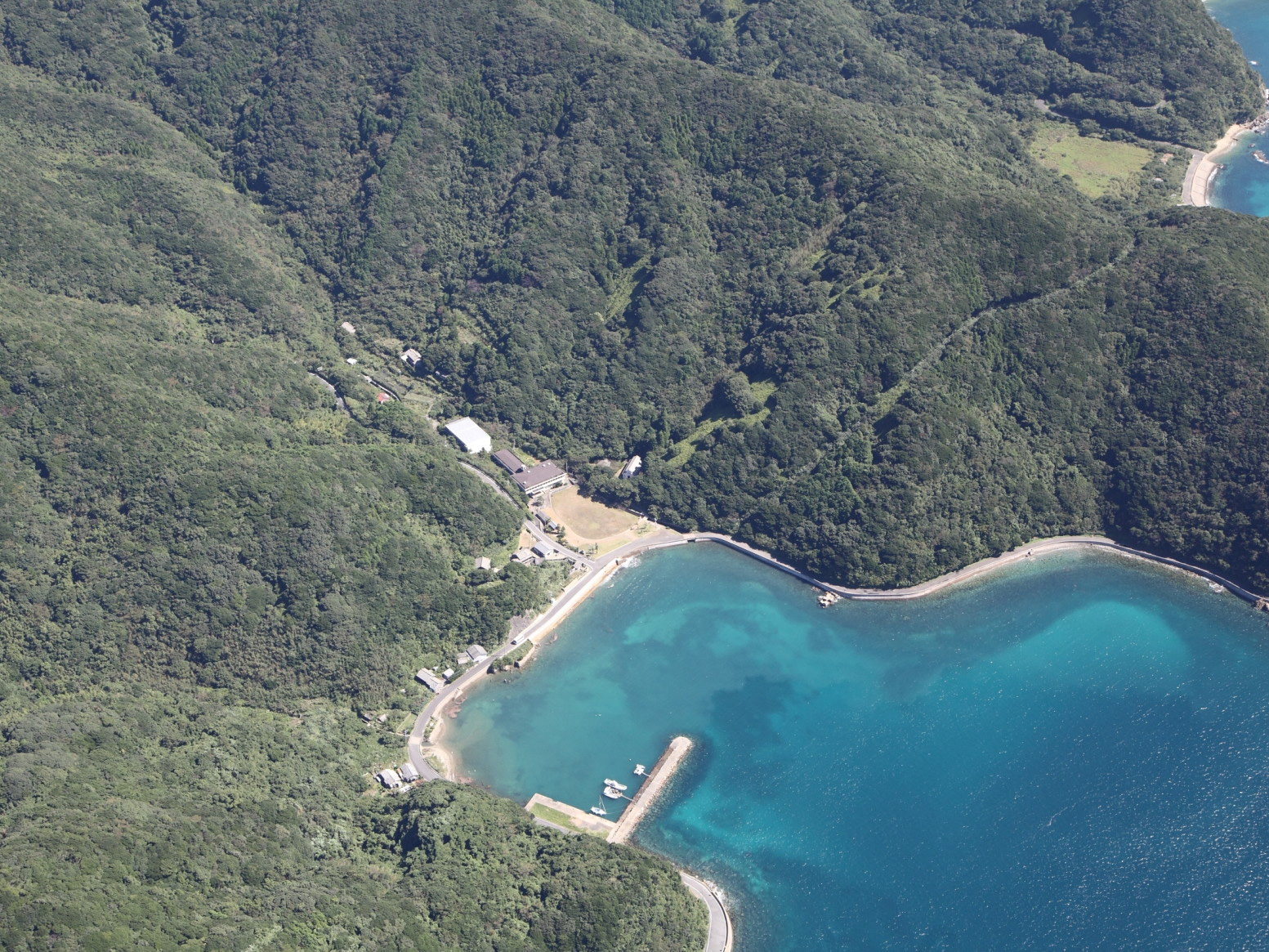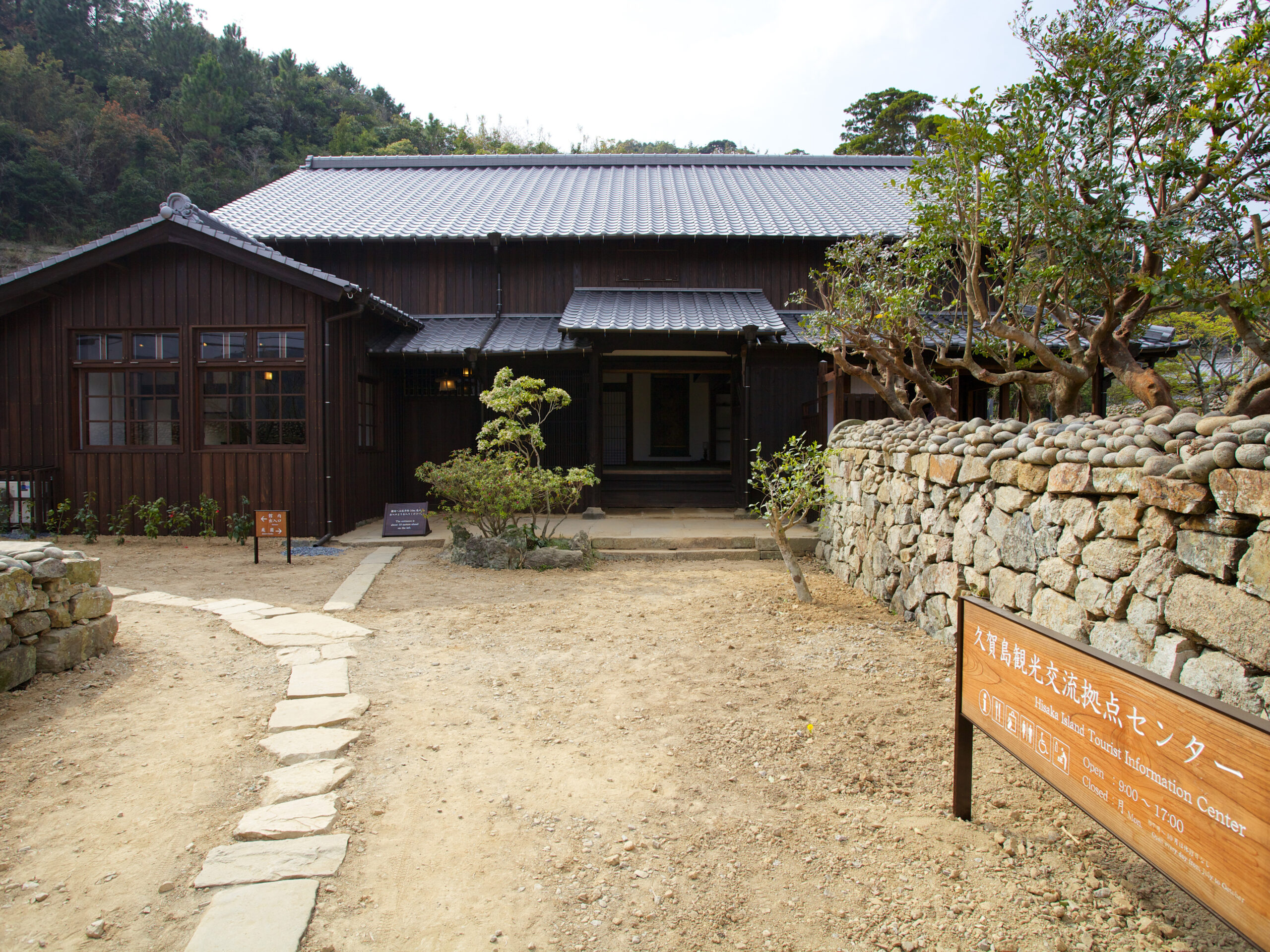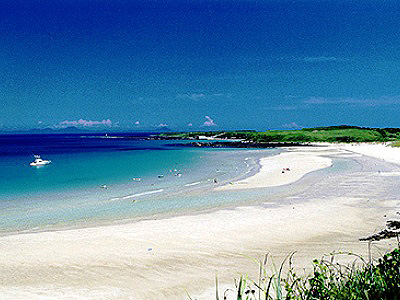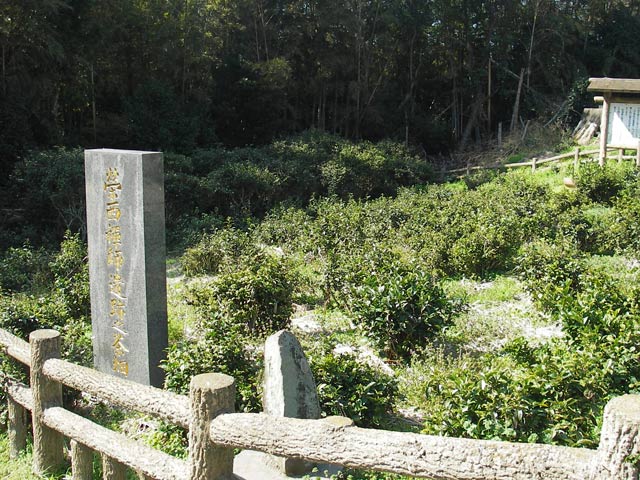It is a constituent asset of the World Cultural Heritage "Hidden Christian Related Heritage of Nagasaki and the Amakusa Region" and is one of the destinations chosen by Hidden Christian to maintain the community of faith. At the end of the 18th century, due to a pact between the Goshima Domain and the Omura Domain, a lurking Christian peasant from the Omura Domain's open sea area moved to Kugashima as well as a settler. He created settlements such as Nagasato and Hoseishi-ryū [zazare], Ōkai [Obiraki], and Gouren. He said that he continued his faith secretly, mainly with leaders in each settlement, such as offering prayers to Maria Guanyin, who made the Guanyin statue a Maria statue. The inspiration for the "Goshima Collapse", a Christian crackdown that began in the first year of the Meiji era (1868), was that the hiding Christians of Kugashima and others were baptized in Nagasaki. Even now, historical sites such as the "Conciliation of the Prison" remain on the island, the remains of the loculo site of the fishing net-rolling operation carried out with Buddhist islanders, the Hamawaki Church and the Old Olympics Church built after the lifting of the ban, the hidden Christian cemeteries that remain in each settlement tell the history.


